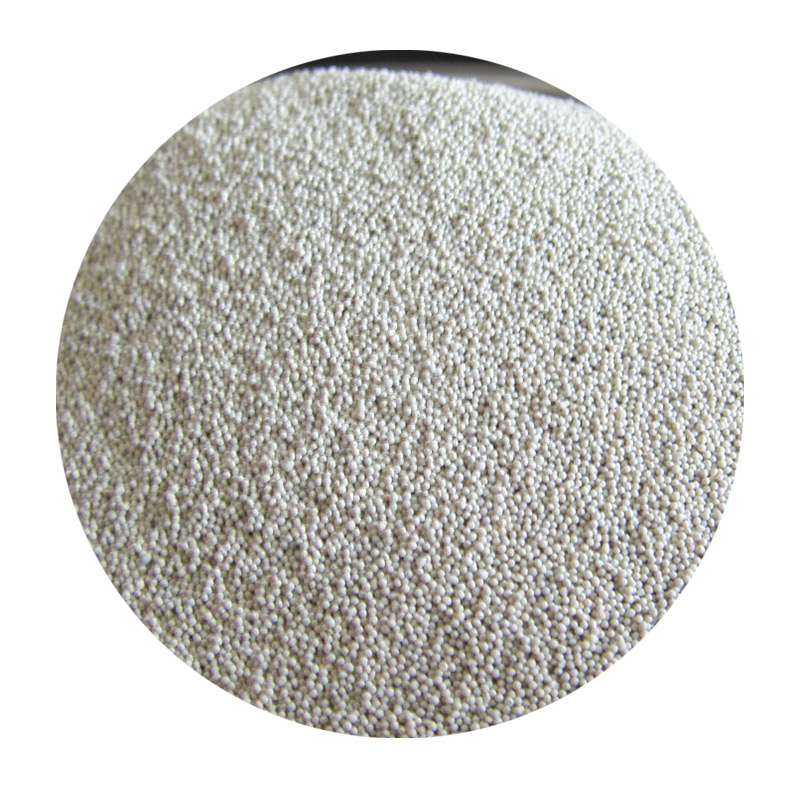3D Printed Sand Casting Patterns Revolutionizing Manufacturing
In recent years, the manufacturing industry has witnessed a significant transformation with the advent of advanced technologies. Among these, 3D printing has emerged as a key player, particularly in the realm of sand casting. The integration of 3D printed sand casting patterns has revolutionized the traditional manufacturing processes, enhancing efficiency, precision, and creativity.
Sand casting is a widely used method for producing metal parts. Traditionally, this process involved creating a mold from a pattern made of wood or metal. However, this conventional method often faced challenges such as high production costs, extended lead times, and limitations in design complexity. With the introduction of 3D printing, manufacturers can now produce sand casting patterns that effectively address these issues.
3D Printed Sand Casting Patterns Revolutionizing Manufacturing
One of the most significant advantages of using 3D printed sand casting patterns is the reduction of lead times. Traditional pattern making can take several weeks to complete, depending on the complexity of the part and the materials used. However, with 3D printing, patterns can be created in a fraction of the time. This rapid prototyping capability allows manufacturers to quickly iterate on designs, enabling faster product development and response to market demands.
3d printed sand casting patterns

Moreover, the use of 3D printing allows for intricate designs that were previously impossible or economically unfeasible to achieve. Designers can incorporate complex geometries, internal features, and customized shapes without the constraints imposed by traditional manufacturing methods. This increased design freedom fosters innovation, allowing manufacturers to explore new avenues for product functionality and performance.
Another crucial benefit is cost-effectiveness. While the initial investment in 3D printing technology may be significant, the overall cost savings become apparent when considering the reduced material waste and minimized labor requirements. Traditional pattern-making processes often result in substantial scrap material, whereas 3D printing produces patterns layer by layer, significantly reducing waste. Additionally, the automated nature of 3D printing minimizes the need for manual labor, further driving down operational costs.
Sustainability is yet another vital aspect of 3D printed sand casting patterns. As industries increasingly focus on environmentally friendly practices, 3D printing offers a more sustainable alternative. The reduction of waste and the ability to utilize recycled materials in the printing process contribute to a lower carbon footprint. Furthermore, the efficiency gains in energy and materials align with the growing demand for sustainable manufacturing solutions.
Looking to the future, it is clear that 3D printed sand casting patterns will continue to play a pivotal role in the manufacturing landscape. As technology advances, we can expect improvements in printing speed, material options, and surface finish quality. These advancements will further enhance the viability of 3D printing in sand casting applications, making it an indispensable tool for manufacturers aiming to stay competitive in a rapidly evolving industry.
In conclusion, 3D printed sand casting patterns signify a major shift in manufacturing paradigms. By streamlining production processes, enabling intricate designs, and promoting sustainability, this innovative approach is setting new standards in the industry. As businesses embrace these advancements, we can anticipate a future where 3D printing becomes the norm, transforming the way we conceive and produce metal components across various sectors. The possibilities are endless, heralding a new era of manufacturing excellence.
Post time:дек. . 12, 2024 09:45
Next:cerabeads sand
